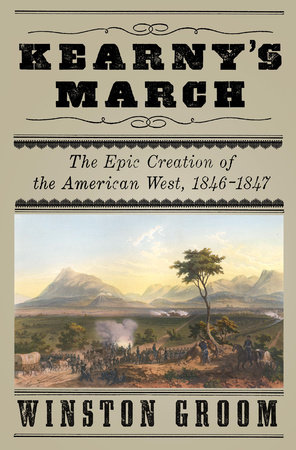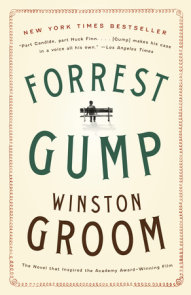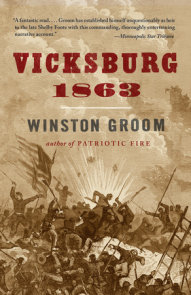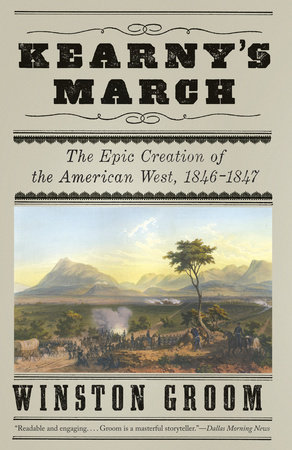

Kearny's March
By Winston Groom
By Winston Groom
By Winston Groom
By Winston Groom
Category: 19th Century U.S. History | Military History | Biography & Memoir
Category: 19th Century U.S. History | Military History | Biography & Memoir

-
$18.00
Nov 06, 2012 | ISBN 9780307455741
-
Nov 08, 2011 | ISBN 9780307701411
YOU MAY ALSO LIKE
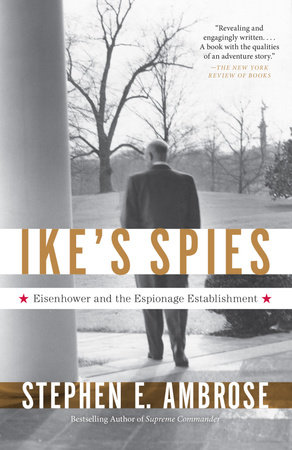
Ike’s Spies
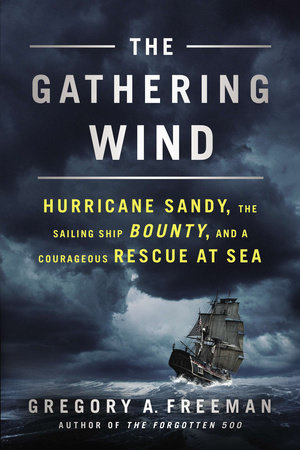
The Gathering Wind
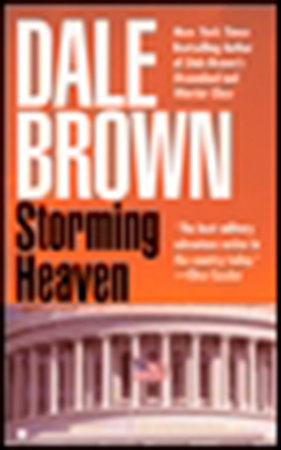
Storming Heaven

The Source
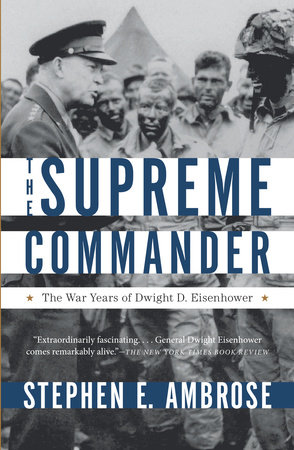
The Supreme Commander
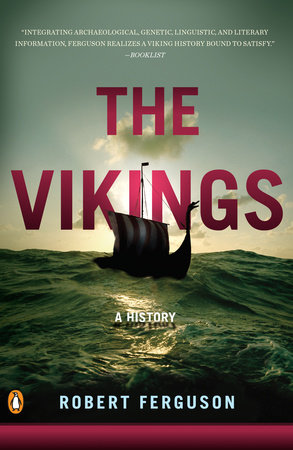
The Vikings
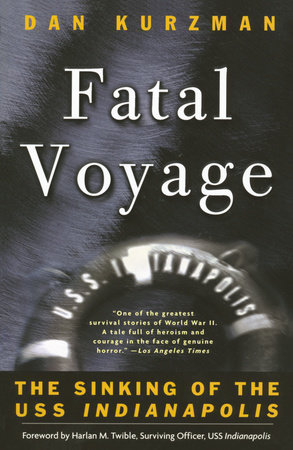
Fatal Voyage
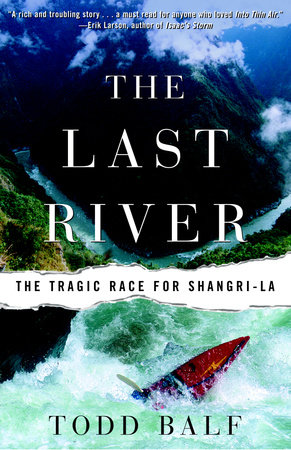
The Last River

Embers of War
Praise
Praise for Winston Groom’s Kearny’s March:
“Readable and engaging. . . . Groom is a masterful storyteller. . . . Told wonderfully, drolly by Groom. . . . Informed, reliable, shrewd and insightful, but laid-back. . . . Graceful and succinct. . . . Kearny’s March is for those who long to relive those exciting and dangerous days—and more particularly for those happy just to read about them. Groom fleshes his story out with enough extravagant, flawed personalities to cast a Shakespearean comedy.”
—Dallas Morning News
“Vivid. . . . Groom’s retelling of the Year of Decision is brisk, unblinking, unsentimental. . . . This is not a tale for dainty or euphemistic narration, and Groom knows warfare at first hand.”
—The Weekly Standard
“Groom describes the hardships of [Kearny’s] trail beautifully. . . . The exploits of many of the colorful characters in this history are often breathtaking. . . . A grand story. . . . Groom has developed his powers of storytelling—characterization, concision, and scene-by-scene description—to a high art.”
—Tuscaloosa News
“Thrilling. . . . Groom is a graceful, fluid wordsmith with a gift for crafting history. . . . An altogether superior read. . . . [Groom] engages, informs and entertains the reader all at once, so that one comes away from his nonfiction books feeling good about what’s been so effortlessly learned. . . . The book’s main focus is the incredible march west by Gen. Stephen Watts Kearny in 1846, but significant parallel themes include the Mexican War, the Mormon exodus, the Santa Fe and Oregon trails, the Donner Party, and the conquest of California. These are all well-known events and have been oft-related through the years. But Groom’s achievement is to interweave them all seamlessly and sweep the reader along like an aspen leaf in a Rocky Mountain stream. . . . Groom is not only a good writer, he’s a fine historian into the bargain.”
—Mobile Press-Register
“Groom has done a sprightly job of chronicling this important but little-studied conflict.”
—Larry McMurtry, Harper’s
“A vivid recounting of the seminal year that transformed the adolescent United States into a two-ocean nation. . . . [Groom] presents this story with novelistic flair. . . . Replete with adventure and harrowing tales. . . . There is drama aplenty, with backstabbing by everyone—American, Mexican and Indian. . . . It has all the components needed to make for an epic, and it reads easily. . . . True to his nature, Groom breathes life into the complicated players of his story. . . . An intrigue-filled account. . . . If you like a tale of high adventure, a fun read that is action-packed and informative, then pick up Kearny’s March. . . . Provides a big-picture view of the motivations of men and the nation writ large at a transformative time in this country’s history, while painting a sterling portrait of not only a time but a place—the early American West.”
—The Washington Independent Review of Books
“Energetic, enthralling narrative history. . . . Written with novelistic appreciation for character and ambition, Groom’s military histories are vibrant, kinetic, and popular.”
—Booklist
“An intriguing, international drama. . . . Groom brings to life the events of 1846-47.”
—Library Journal
“A masterful blend of scholarly research, colorful description, and a confident, enthusiastic style of narrative writing that adds freshness and immediacy to a true-adventure saga.”
—Alabama Writers’ Forum
“Valuable, lively, brave in scope, and fast-paced. . . . Despite the fact that the subject is a relatively conventional military history, Groom has done it extravagant justice.”
—The Olympian
“Galloping popular history, guaranteed to entertain. . . . Groom follows Kearny’s 2,000-mile march from Fort Leavenworth, Kansas, to California, providing wonderful stories about the soldiers’ progress through a rugged, wildly changing landscape.”
—Kirkus Reviews
21 Books You’ve Been Meaning to Read
Just for joining you’ll get personalized recommendations on your dashboard daily and features only for members.
Find Out More Join Now Sign In








